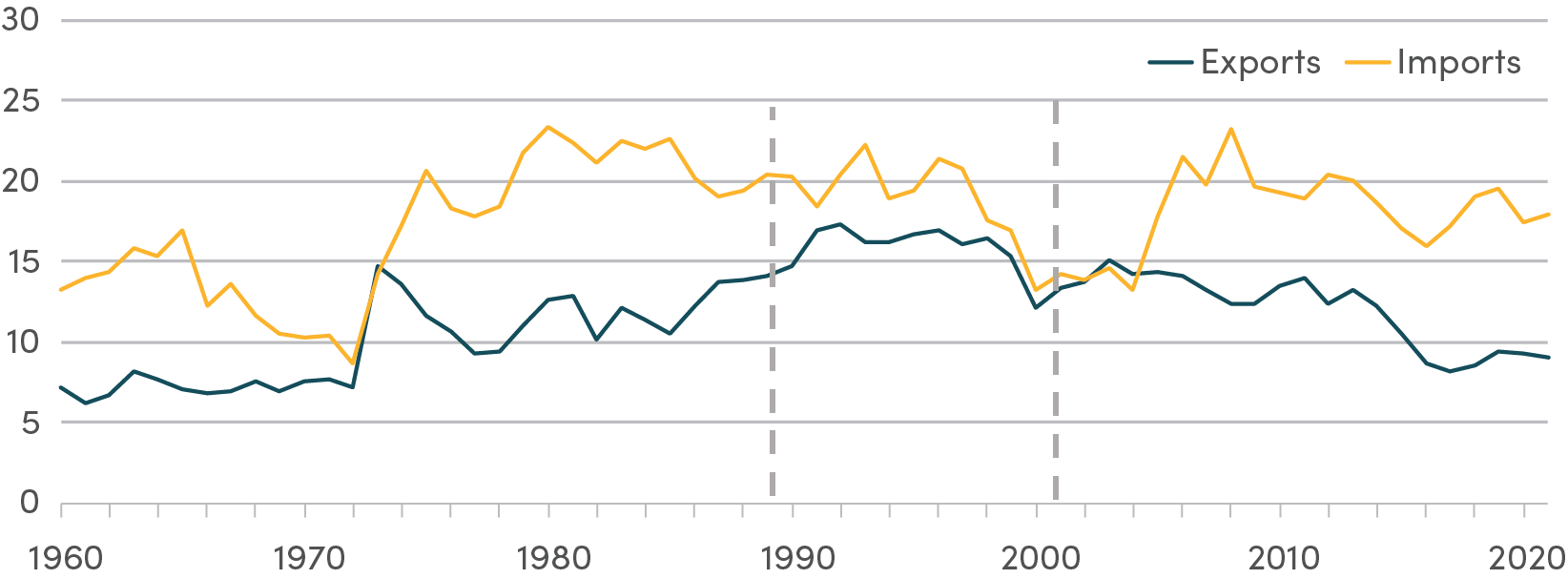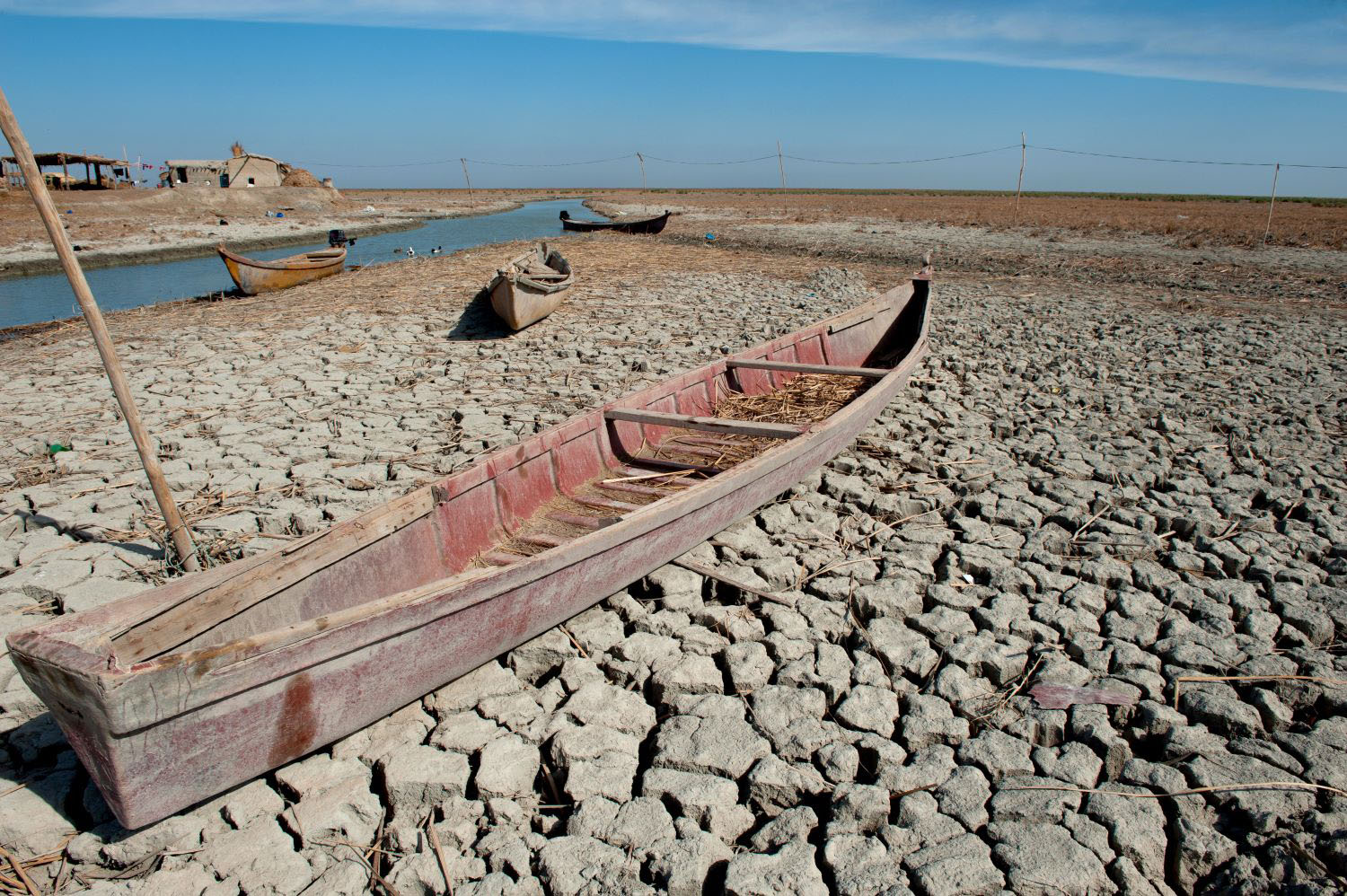Development progress has traditionally been measured in terms of reductions in poverty and increases in per capita GDP, that is, average income as calculated by dividing total income by the total population. My guests on this week’s Global Prosperity Wonkcast, Nancy Birdsall and Christian Meyer, argue that median income—the income at the middle of a country’s income distribution—is a better measure. They join me to discuss their new working paper, The Median is the Message: A Good-Enough Measure of Material Well-Being and Shared Development Progress. During the interview we discuss why the median makes more sense (hint: something to do with inequality); why it hasn’t been used much in the past (hint: data availability); and how it could be incorporated into the post-2015 development framework.
I ask Nancy how she became interested in the median. “Almost 10 years ago, I did a paper where I (initially) defined the middle class as the group around the median, and that’s how I discovered just how low the median was. I realized that definition of the middle class didn’t make sense,” Nancy explains. “We called it the ‘middle income group’ because it really wasn’t middle class by Western standards.”
In later works, Nancy identified (as opposed to “defining”) the middle class as those who have the equivalent of at least $10 per day per capita. Last year, in a paper on Latin America authored with Christian and Nora Lustig , she identified a group she calls the “strugglers” – people with daily incomes between $4 and $10 who are well above the international poverty line but still vulnerable to falling back into poverty.
This research, she says, caused her to realize that although there are millions of people who’ve escaped extreme poverty, half of the population of the developing world is still at $3 per day or less (about the median for all people in developing countries today), and $3 per day is still very poor.
Christian explains that unlike per capita income, median income reflects differing levels of inequality. If there are a few very rich people and many poor people, average income will be much higher than the median income. If, on the other hand, income distribution is relatively less unequal, the difference between the mean and the median will be smaller.
“The median provides a distribution-aware measure,” Christian explains. “Unlike the average, it’s aware of the underlying distribution of wealth in a country, and using such a measure provides a simple sense of income inequality.”
Nancy illustrates this with a comparison of Cameroon and China. Both have median daily consumption expenditure of about $3.25 per capita,” Nancy says, even though China is far richer measured in terms of average per capita GDP -- about 3.5 times richer than Cameroon. Right away, you know that income inequality is higher in China, and that is in fact the case, with higher incomes in the coastal cities and much lower incomes in the rural interior.
Inequality hasn’t only been rising in China. I note that Figure 11 from their paper shows the growing divergence in the US between average income and median income since the 1980s. I suggest that as the two measures have diverged, interest in the median as a measure of social wellbeing seem to have grown.
Nancy confirms that rising inequality is part of what is driving this interest. Another factor, she says, is increased data availability. “What’s changed over the last 10 years is the increase in household survey data in developing countries,” Nancy notes. “Now we have increasing access to the entire distribution of household consumption expenditures or income, which makes estimating the median possible.”
We also discuss the World Bank’s new shared prosperity indicator, which tracks the income growth of the bottom 40 percent of the population, and why the median is likely to be a better overall measure of development progress (listen to the Wonkcast for more on this!).
I end by asking Nancy how she would propose incorporating median income into the post-2015 development framework. She proposes that each country should set its own target for an increase in the median income between now and 2030. “Because it’s a distribution-aware measure, it allows countries to set goals without facing the kind of pushback around thinking of inequality as an outcome, when everyone wants to focus on equality of opportunity,” she says.
My thanks to Sophia Bernazzani for a draft of this blog post and to Kristina Wilson for recording and editing the Wonkcast.
CGD blog posts reflect the views of the authors, drawing on prior research and experience in their areas of expertise.
CGD is a nonpartisan, independent organization and does not take institutional positions.





